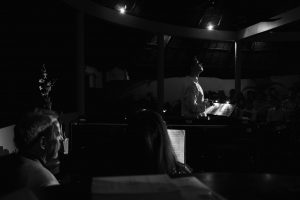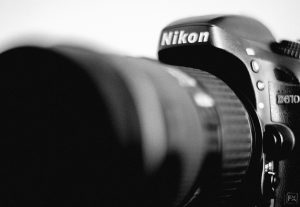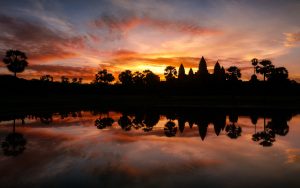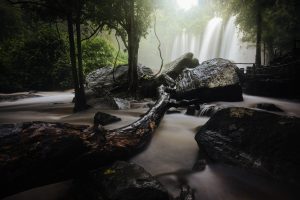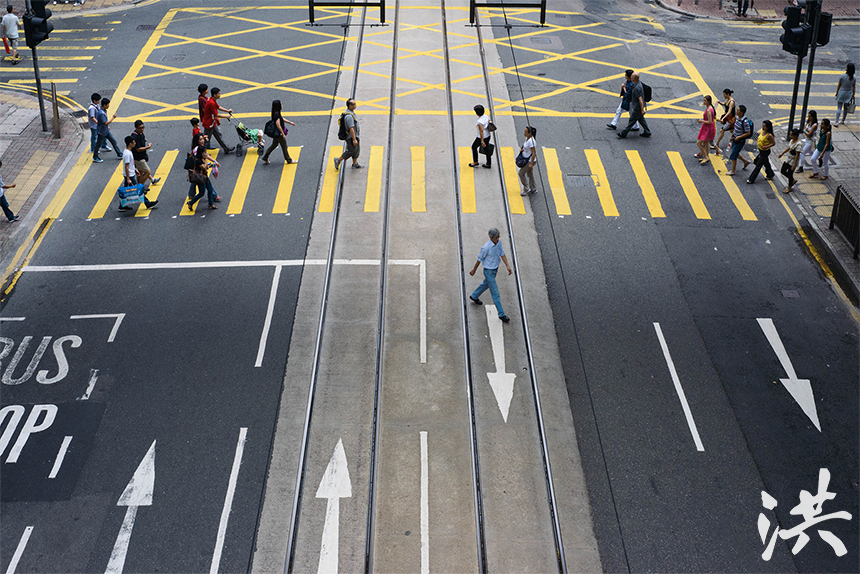
I’ve been mesmerised by the still image for as long as I can remember; there’s nothing quite like a carefully curated collection of photographs to stir up your emotions, daring you to dream of travelling to the furthest flung corners of the earth, tempting you to grab your camera and head out to tell stories of your own. It has to be said, however, that the digital age has brought with it a numbness; we’re exposed to innumerable images each day, yet there is a sense of sterility to them that even the latest and greatest of Retina/4K screens can’t address. We’re lucky if the greatest of photographs can capture our ever-waning attention spans for mere fractions of a second…
A little while ago, I began to collect photography books. With all the technical advancement that the 21st century has ushered in, there is still no finer way to appreciate the craft of a photographer than by seeing his work in print. It wasn’t long before I dared dream of producing a book of my own, but just as readily dismissed that want as a delusion of grandeur, something reserved for those in the know…
Just this week, however, a friend and fellow photographer, Jackson Hung, rolled out his first photo book using the increasingly popular Blurb platform. I caught up with Jackson to discuss the ins and outs of his journey into print.

Jackson’s first foray into the world of photography books, Hong Kong Vol. I
CC (That’s me!): The Korean photography scene is fairly close-knit, but for my followers who’ve not yet come across you and your work, or for new visitors to the blog, why don’t you tell us a little about yourself?
JH: My name is Jackson Hung and I’m a native Torontonian with Taiwanese roots. At the moment I’m based in a small town called Taean on South Korea’s west coast. Before that I lived and worked in both Hong Kong and Taiwan. I love exploring urban areas, wandering around the countryside and taking photos. My main photographic interests are street and landscape. I’m also a big Star Wars fan.
CC: I’ve had the pleasure of shooting with you before and so I know that you’re a rather voracious photographer, always out there with your camera. How did your life behind the lens begin?
JH: I’ve always taken photos. When I was a child it was with my mom’s old film camera, though it wasn’t until I moved to Hong Kong that I began to take photography more seriously, particularly street photography. At first I started by taking photos of people up close but gradually shifted my focus to how people interact with urban space in their everyday lives, paying more attention to the “big picture” rather than the individual. Now I’m in the Korean countryside, I tend to do more landscape photography, but whenever I get the chance to head to the city I always have my camera with me.
CC: Where does your inspiration come from?
JH: A lot of my inspiration comes from a site called ‘This is Colossal,’ which is a blog that finds and posts about the latest projects in photography, design, visual art, architecture, animation, etc. It keeps my brain fresh by exposing me to incredible work in various different art forms. It’s very stimulating visually and helps me think up how to experiment when I’m next out taking photos.
CC: And you’ve just published your first street photography book, right? I have a collection of photo books myself and I’ve often thought of creating something of my own, but let’s be honest, it must have been a lot of hard work…
JH: I have. The book is called ‘Hong Kong vol. 1’ and it’s available on Blurb.com. Actually Blurb makes creating the book surprisingly simple. There are two options for you to choose from; BookWright or Adobe InDesign. I went with BookWright, which is free software provided by Blurb that allows you to literally click and drag your photos into a layout of your choice, and then right into the book you’re making. It also allows you to preview your book throughout the whole process. Once you’re done with it, all you have to do is upload to Blurb and voilà, you’ve successfully published a book!
CC: As easy as that, eh? What about the production costs, though? It must be pretty pricey what with the cost of printing in bulk… and the storage must be a nightmare, especially in the typical one-room Korean apartment…
JH: One of the best things about Blurb is that you don’t have to purchase your book in bulk or find a place to store it. In order to sell your book, all you have to do is buy a copy for yourself, and you’re going to want one anyway… After that, it’s on Blurb permanently for anyone who might wish to purchase it. Blurb lets you set your own profit margin, and even supports selling your book on Amazon, making it available to a wider audience. Your book is printed on demand whenever someone purchases it and Blurb takes care of everything so you don’t have to worry about the logistics. Just remember to set up a PayPal account so you can collect your money. JH
As you can see, it sounds incredibly easy to create something both beautiful and tangible with your images. For more from Jackson, be sure to check out his [regularly updated, puts mine to shame] blog or follow him on Facebook. Jackson’s book, Hong Kong vol. 1 is available here. There’s even a cheeky 15-page preview for you to peruse at your pleasure.
Update March 8th, 2015: Back in November 2014, I interviewed Jackson Hung on publishing photo books with Blurb.com (you can read the interview here). Jackson was kind enough to print me a copy and have it shipped out to Cambodia; I thought the least I could do would be to share my thoughts on the final product.
I was first struck by what a luxury it was to get my hands on a more tangible form of photography. Far too many images nowadays are simply buried online, be that on 500px, Flickr, or elsewhere. Photo books show images the way they were meant to be displayed, in print. While I’ve been friends with Jackson for a while, I haven’t spent much time looking at his photography beyond the odd cursory glance as he loads a new image onto his various social media channels (sorry Jackson). When you have his photo book in hand, however, it just makes you want to explore more, to linger a little longer on each image. I spent more time flicking through it than I ever would have browsing through shots on the internet.
Let’s push on from the sentimental Long Live Print sorta stuff and look a little more objectively at the product itself.
Taking the book from the cellophane wrap in which it shipped, you’re met with real quality. Jackson opted for Mohawk Superfine Eggshell Ultrawhite, a premium matte-finish textured paper that I think really suits the street genre well. I think I’d prefer to see my own images in a semi-gloss finish, but Blurb has you covered with a variety of different options. The soft gloss cover, while still feeling like a quality print, might have worked better as a hardback. To me, it feels a little too magazine-like, rather than a standalone, collectible item. Jackson has perhaps also learned the importance of double- or triple-checking the finer details before publication as there is a slight white balance issue on the cover. By all accounts, the only way this can be corrected is by re-uploading an updated version of the PDF, and then purchasing one. At just a little over $22 per unit (before profit), this is hardly the most costly of mistakes, but with it becoming increasingly difficult to make a living as a photographer, or even just to cover costs, I’m sure it’s an expense he could have done without.
Overall, Hong Kong vol. 1 is a fairly stellar first attempt at a printed work. Lessons have been learned, yet it’s still “the perfect way of rounding off a personal project,” Jackson explains. I’m inclined to agree; it really is a nice way to commemorate his time in Hong Kong, and he’s convinced me to put together a book of my own, albeit on an altogether different subject (completion/release date TBC).

